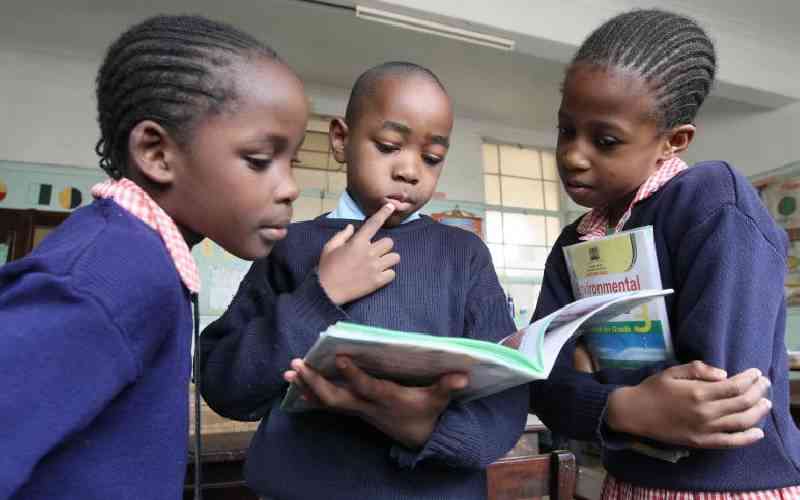
Most people think that empathy - the ability to put yourself in another person's shoes - is fixed, but it's not. Empathy can be taught. Research has shown that reading can help children develop empathy. Through reading, children can experience the situations of others that are very different to their own, and reflect on that experience.
Further findings on the effect of teaching empathy in schools come from a programme I work with called Empathy Week. It shows pupils documentary films with a range of scenarios from different cultures, designed to inspire empathy. Early findings (which have not yet been peer-reviewed by other scientists) suggest that as little as one week of empathy lessons using these films improves pupils' emotional awareness.